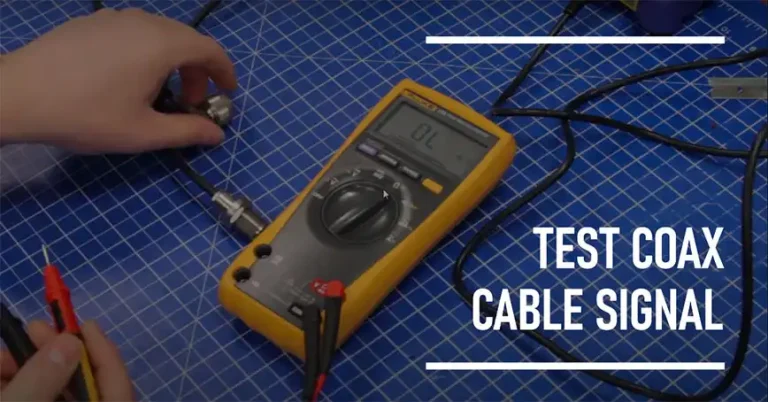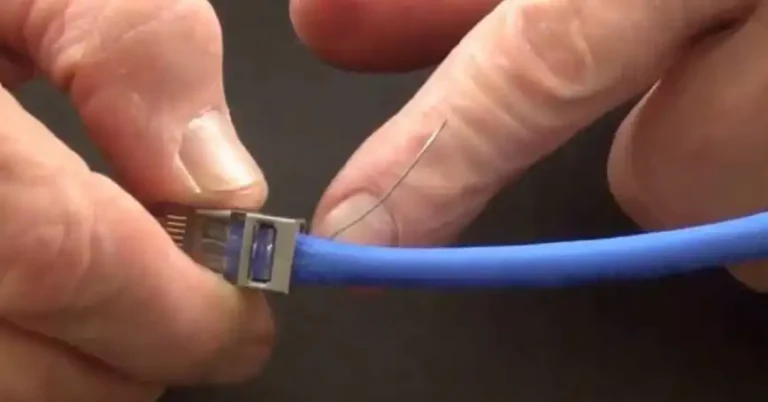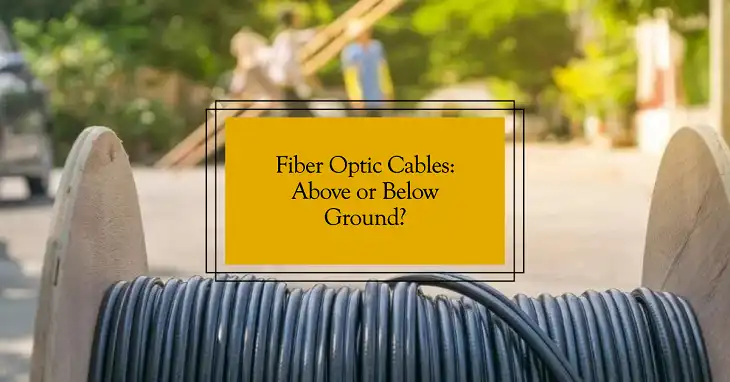What Type of Ethernet Cable is Best for Gaming?
When it comes to gaming, having a fast and stable internet connection is essential to ensure smooth gameplay, low latency, and minimal lag. While Wi-Fi can offer convenience, Ethernet cables remain the best option for serious gamers who want the most reliable and fastest connection possible. But with several different types of Ethernet cables available,…










